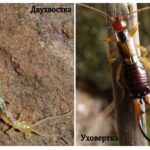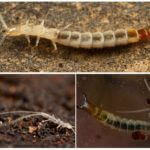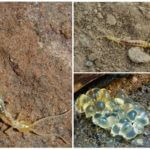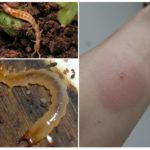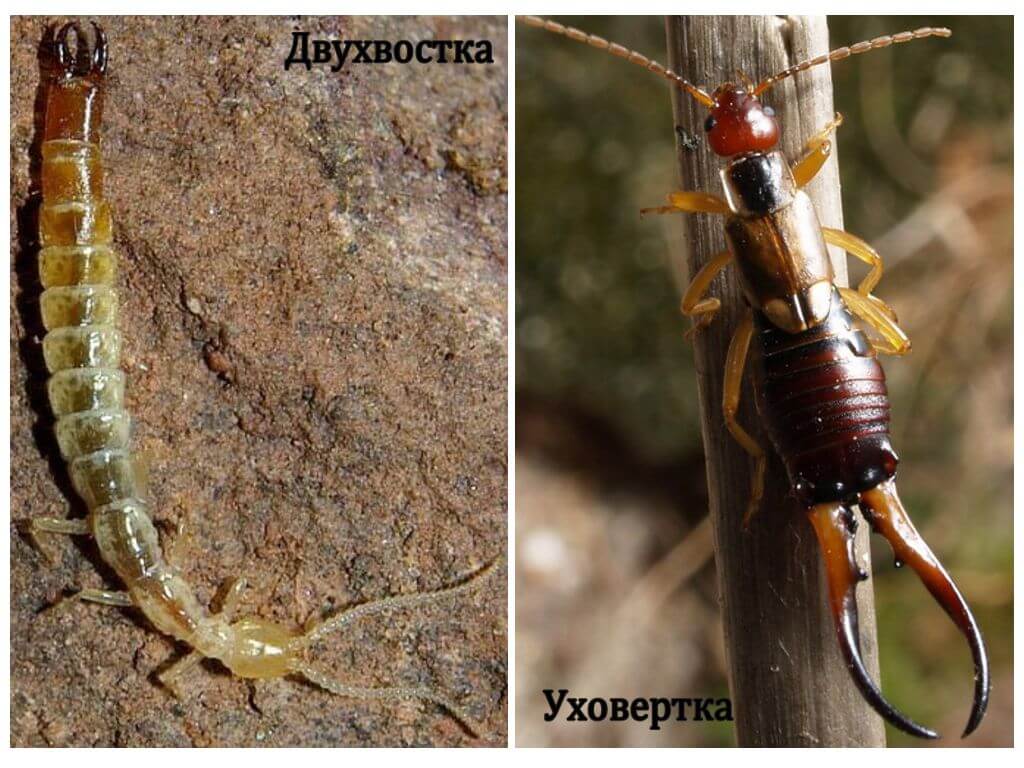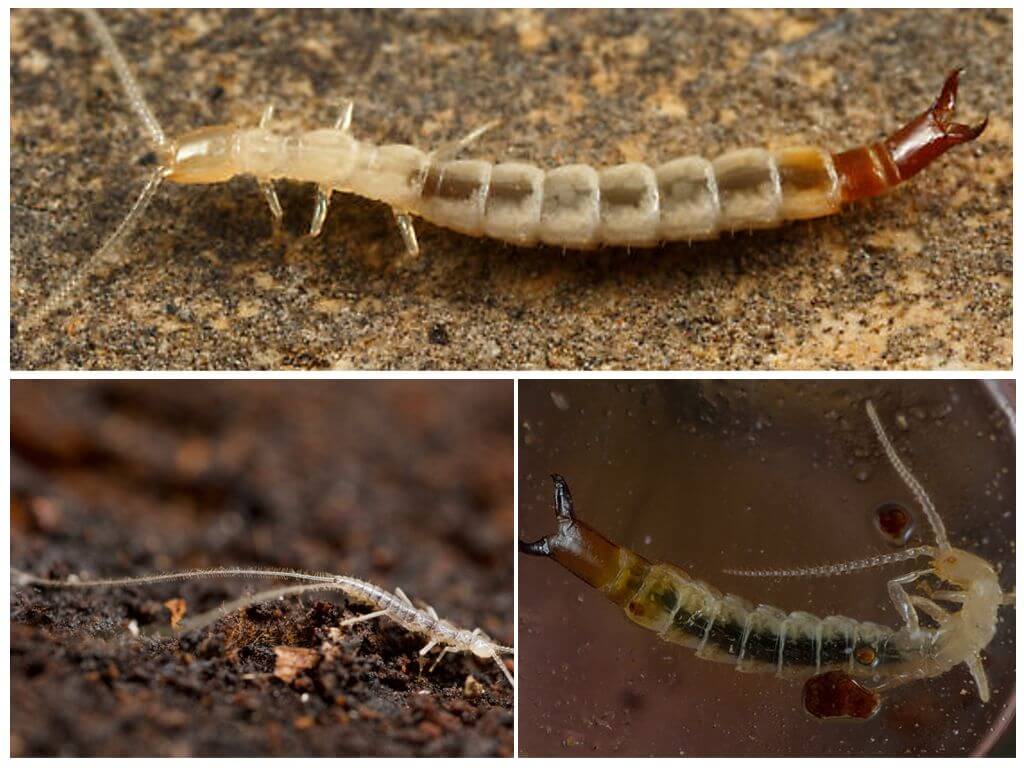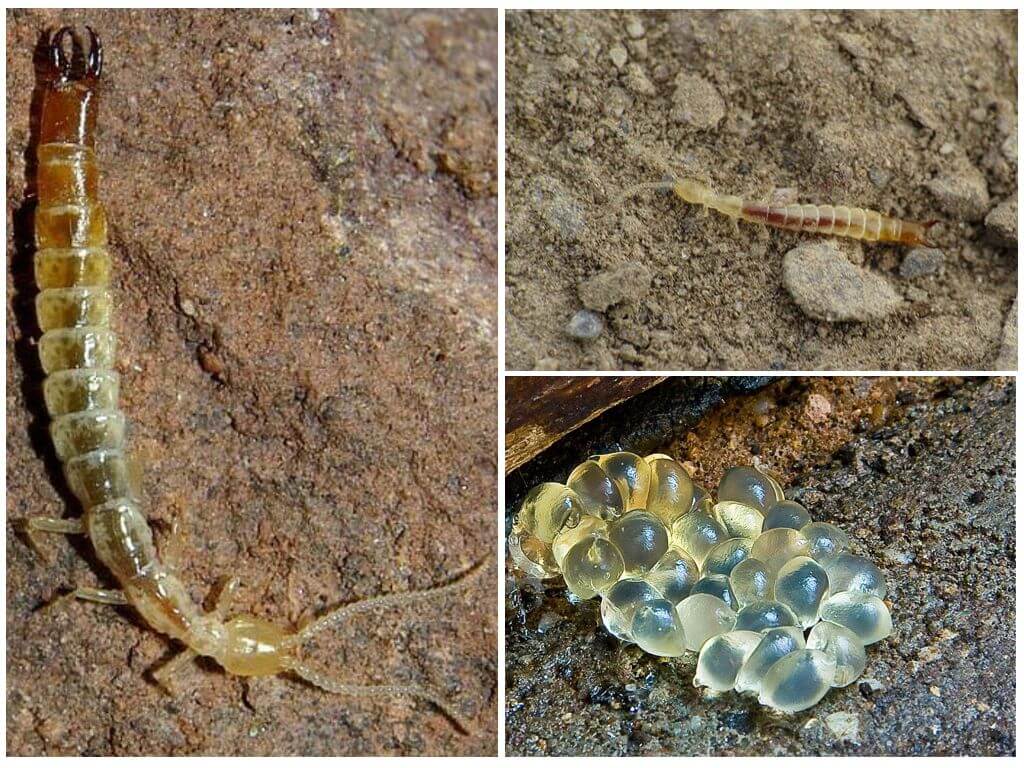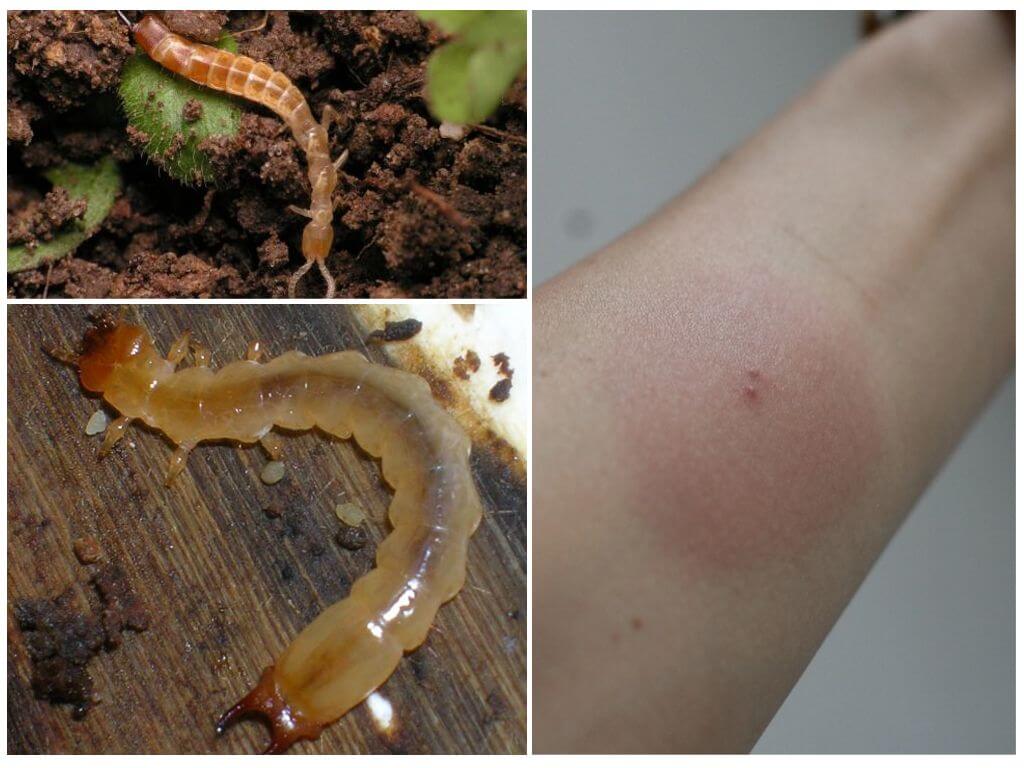Insects dvuvostok: photos, description, than dangerous
Content
- Dvuhvostka and earwig
- Insect dvuvostok
- Double-sided
- Bite dvuvostok
Everyone who met with an unpleasant insect with a forked tail was disgusted and even frightened. We are talking about dvuvostok, a formidable look which suggests the idea of a painful bite. The frequent inhabitant of the garden plots through the open windows and doors can start in the apartment. But if dvuvostok is dangerous for a person, this article will tell.
Special features
Often people call dvuhvostoku earwig or vilohvoskoy. However, these are completely different insects. Split tail is the main unifying feature. Moreover, earwigs have a much darker body than their two-tailed congeners. Read more about how dvuvostok looks and how it differs from earwig.
Earwigs are representatives of the skin-winged squad. They have an oblong flat body of brown-chestnut color. Larger males, their body length reaches 1.7-2 cm, females differ in smaller size (up to 1.4 cm). However, in nature there are such earwigs, whose body length can be more than 4 cm.
Insects have small eyes, whiskers and webbed wings, which they use only in rare cases. A distinctive feature of earwigs are claw shoots - modified cerci located at the end of the body.
Dvuvostok is a small sized arthropod, which belongs to the order of the sub-maxillary six-legged:
- The body length of adult individuals usually does not exceed 5 mm, but there are also giant specimens growing up to 50 mm;
- there is no body pigmentation on the segmented abdomen;
- the insect of the dvuvostok also has no eyes, their role is played by long whiskers, distinguished by high sensitivity.
Cerci - chitinous claw processes, forming a pseudo-tail, can be of various thickness and length. Many will wonder why we need such forceps insect. Pincers serve not only to capture prey, but also to protect. If necessary, arthropods are able to even dump them, after which the lost appendages grow back. Photos dvuvostok presented below.
Dwelling habitat
Habitat dvuhvosti insects are damp wet rooms such as basements, cellars, garages or located in the lowlands of buildings. You can meet arthropods even in the toilet or bathroom, where there is insufficient ventilation. Vilokhvostki can lurk under the baseboards, in the slots behind the sewer and water pipes or in the insulation between the walls. The accumulation of steam and condensate creates favorable conditions for the habitation and distribution of uninvited guests.
On a note!
Detect an insect in the house can not immediately, as this very agile and agile creature leaves its shelter only in the dark.
Often insects get into the apartment with fruits or vegetables brought from the store. So vilouhvotki can hide in lettuce leaves or bunches of grapes.
In nature, pests prefer to dwell near water bodies and in lowlands under various snags, stones, felled trees or stumps. Often they are found in gardens and orchards, especially in rainy weather.
Nutrition
Insects search for food mostly at night. The stems of young shoots, the remains of decaying leaves and various small insects - this is what dvuvostok eat.
Interesting!
The favorite delicacy of insects are strawberries, raspberries, cherries and peaches. Pests will not refuse even the crumbs remaining after dinner on the table.
Breeding
It is also surprising how dvukhstki breed. The process of fertilization occurs outside the body of arthropods. During the week, the male lays in the soil at least two hundred spermatophores (capsules with spermatozoa), which retain their properties for two days. The female gathers these capsules with its genital opening, after which she lays eggs into the cracks of the soil (up to 50 larvae appear from one bed).Offspring not experiencing metamorphosis bears a great resemblance to adult insects and differs only in smaller sizes.
Is the pest dangerous?
The question of how dangerous dvuvostok for a person, many people are puzzled. The damage done by two-tailed insects is calculated not only in damage to houseplants, vegetables in the garden, and fruits and berries in the garden.
The presence of pests in the home increases the risk of spreading infectious bacteria during a bite. After all, dvuvostok bite quite painfully, clamping their claws soft skin tissue. Large individuals with such a capture can even damage the integrity of the skin, resulting in the appearance of two barely visible wounds. Photo bite dvuvostok can be seen below.
Symptoms of dvuhvostok bite in humans may be as follows:
- The presence of a bite at the site of microscopic wounds, which are accompanied by severe itching.
- As a result of combing, the damaged area begins to redden and swell.
- Allergy sufferers may develop blisters filled with fluid. The process of opening the bubbles is accompanied by strong painful sensations.In such places even long-lasting ulcers can form, giving the person great discomfort.
The question of what to do if I was bitten by a double-sided arises by itself. Despite the fact that the insect is not poisonous, it is impossible to ignore the situation. The bite treatment consists in treating the damaged area with an antibacterial or disinfectant, after which an antihistamine should be taken. When the general state of health deteriorates, consultation of the doctor is necessary. Neighborhood with such insects is undesirable for humans, therefore they should get rid ofusing folk and chemical means.
Prevention
Prevents the spread of uninvited guests in the apartment will help prevention measures, which consist in regular ventilation of the room and the elimination of leaks plumbing fixtures. It is also not recommended to dry clothes in the bathroom and in the kitchen. Repairing and installing mosquito nets on windows will help to limit the penetration of pests into the room.

